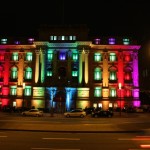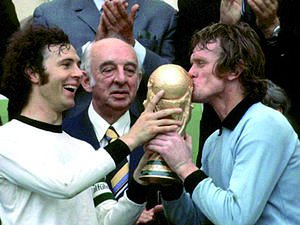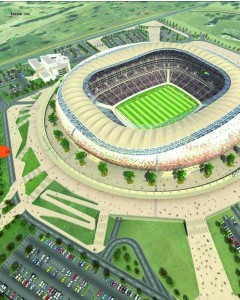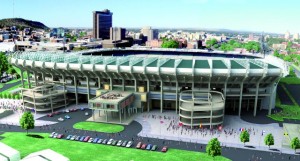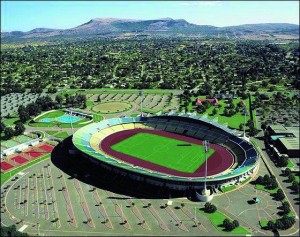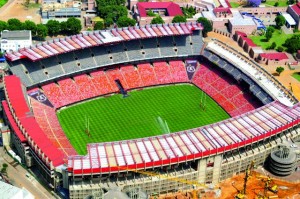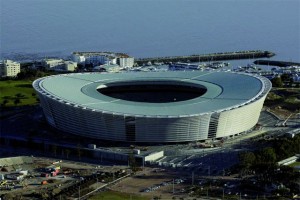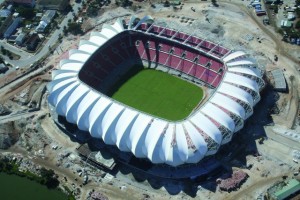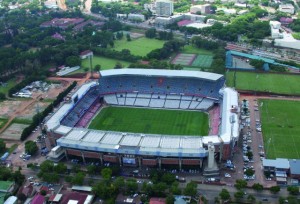World Cup fever – Technology fever
 This weekend, when it is kick-off time for the 19th FIFA World Cup in South Africa, not only the world elite of players will attract attention, but also the ten World Cup stadiums with a capacity from 40,000 to 100,000. Most outsiders can hardly imagine how much event technology can be found in modern stadiums by now. Simple horn speakers with horn driver optimized for voice transmission only are a thing of the past in soccer stadiums. They are only used for amateur applications at most. They were replaced by sophisticated public address systems (PA) with intelligent network technology and fail-safe evacuation systems.
This weekend, when it is kick-off time for the 19th FIFA World Cup in South Africa, not only the world elite of players will attract attention, but also the ten World Cup stadiums with a capacity from 40,000 to 100,000. Most outsiders can hardly imagine how much event technology can be found in modern stadiums by now. Simple horn speakers with horn driver optimized for voice transmission only are a thing of the past in soccer stadiums. They are only used for amateur applications at most. They were replaced by sophisticated public address systems (PA) with intelligent network technology and fail-safe evacuation systems.
In large stadiums, the range of the speakers often consists of a combination of several line arrays as well as a variety of conventional cluster speakers with low low-impedance or 100 volt technology for a sound as uniform as possible in all spectator areas. Therefore, it is common to install a three-digit number of different speakers with matching power amplifiers in stadiums holding several tens of thousands. Altogether, there may be up to 100 kW which is equally high as at big live concerts. The typical signal chain ranges from playback devices and wireless microphones to some digital audio mixing consoles, DSP-supported matrices and interfaces as well as redundant data and signal lines to power amplifiers and speakers.
To coordinate this variety of components in a clear way, modern network protocols such as CobraNet are used. They allow a targeted access to every segment of the system through a control software. Additionally, there are evacuation systems with emergency power supply, circuit monitoring and double signal routing, to evacuate the audience from the danger zone in case of need.
Similar high safety requirements are expected from the floodlights and other lighting systems. They also have to provide emergency power supply to guarantee optimum safety for the visitors, especially during the evening games. For example, the UEFA demands full light output – according to the category of the stadium – also in case of emergency.
Mobile effect lights used for the supporting program extend the fleet of event technology. For professional use, the lighting system has to be coordinated with the demands of the current television technology. These requirements have increased since HDTV technology came up – meanwhile, the lighting systems deliver up to 2,000 lux illuminance. For comparison, an office room only has 800 lux. Moreover, television calls for reproduction of the crowd as natural as possible. Thus, some 30 shotgun microphones are set up per stadium. After all viewers at home in front of their television seats do not want to missout on anything, neither optically nor acoustically.



